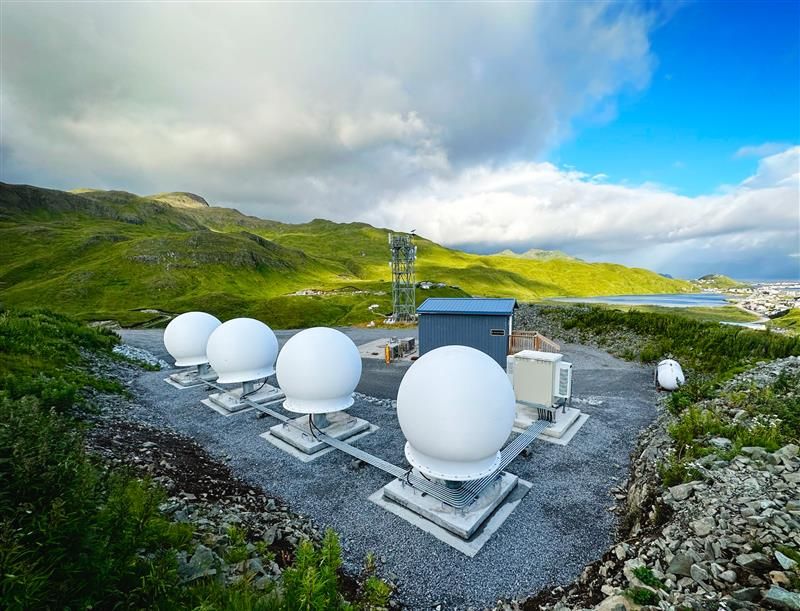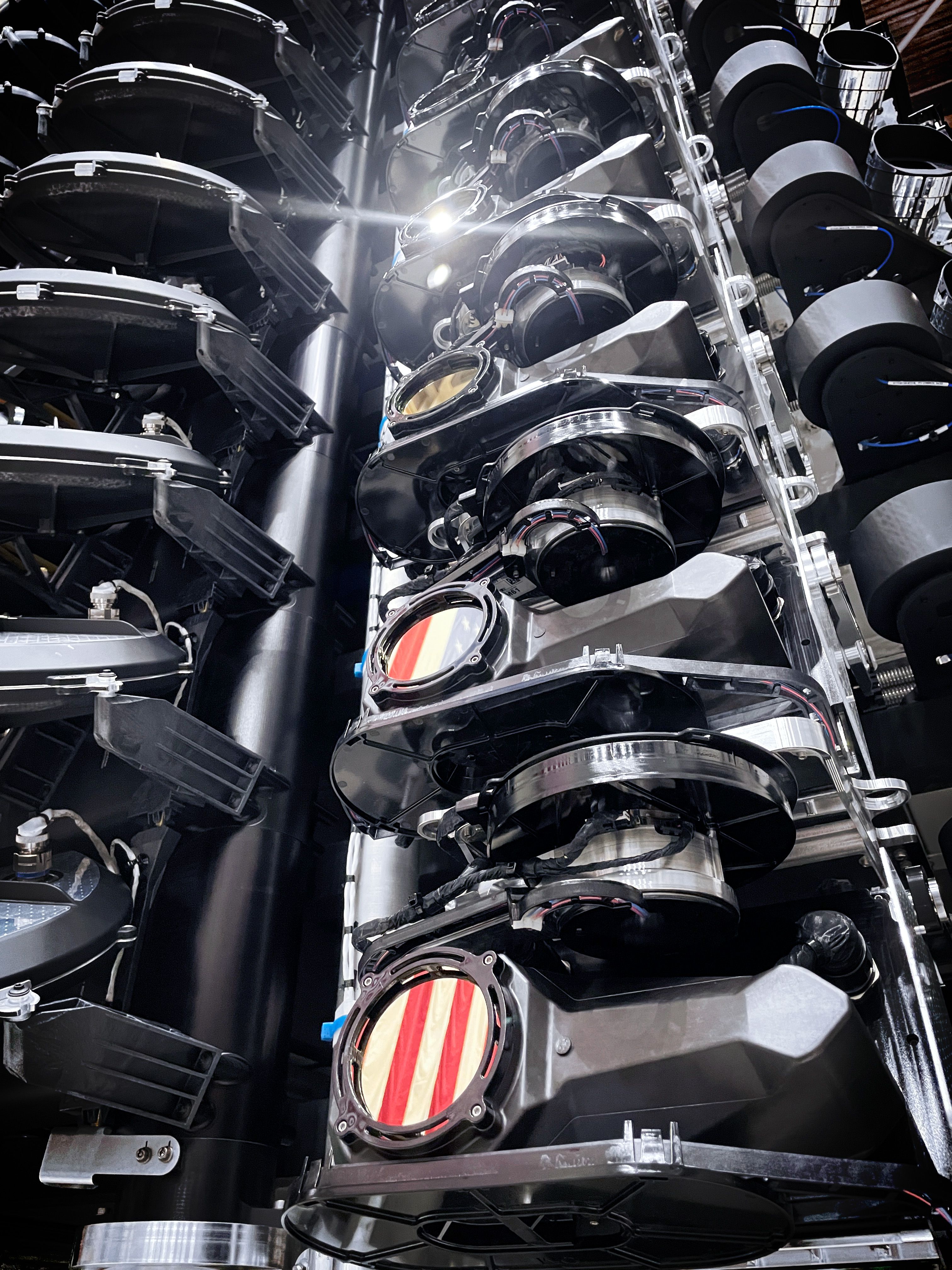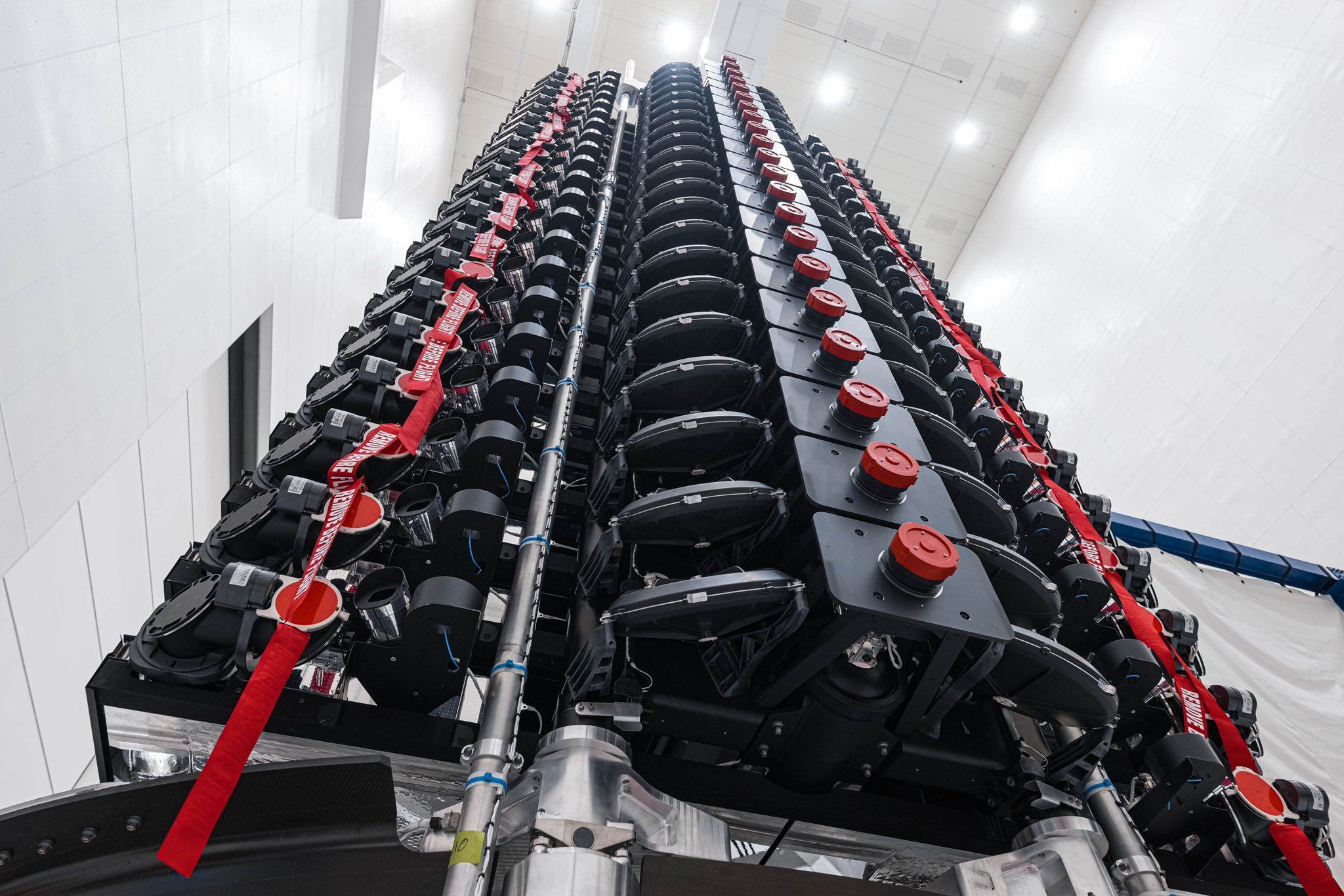Building out fiber optic network over thousands of miles to provide internet to millions of people is a difficult, time-consuming, and expensive task. What if you could cut out the physical connections entirely and only use wireless? That is exactly what Starlink aims to do.
What is Starlink?
Starlink is a network of satellites (called a constellation) that orbit the Earth that provides wireless internet access to homes, cars, RVs, and boats. Some airplanes are even equipped with Starlink now.
How Does Starlink Work?
Starlink relies on the same technology that allows Wi-Fi, Bluetooth, and FM Radio to operate: radio waves.
Each satellite is capable of sending and receiving information to and from relays on Earth, which enables it to connect to the internet.
Some of relays that the Starlink network uses are large, industrial ground stations called gateways. These gateways let Starlink satellites connect directly to the high-speed, fiber optic connections that make up the backbone of the internet on Earth.
The other relays are much smaller. Some are stationary units designed to be attached to your home or a boat, while others, like Starlink Mini, are small enough to fit inside a laptop bag.
This network of satellites and relays now allow anyone with the right hardware to receive internet service almost anywhere on the planet, and the network is only getting larger as time goes on.
The satellites themselves are also getting larger and more complex. Starlink satellites feature lasers that allow the satellites to directly connect to each other, potentially allowing them to cut out the Earth as a middleman and improving performance.
Starlink V2, which is set to begin a full rollout once SpaceX’s Starship is operating reliably, will be even larger and more sophisticated.
What Makes Starlink Different from Other Satellite Internet?
There are three main differences between Starlink and older satellite internet services.
They Orbit Very Close
One of the most striking differences between Starlink and older satellite internet services is the orbital distance. Today, Starlink satellites orbit about 350 miles from the surface of the planet, an area called “low Earth orbit,” or LEO. Most older satellite internet services operated in geostationary orbit, which is some 22,000 miles away, instead. But why the difference?
Geostationary orbits offer some benefits. The satellite is always at the same point in the sky, which makes connecting to it easy: just point your antenna and you’re good. The other big one is visibility. When the satellite is so far away, it is visible from a huge amount of the Earth’s surface. That means that you don’t need many satellites to provide coverage for a large number of people.

Related
What Is Satellite Internet?
Curious about how satellite internet works? It’s actually more complicated than you might think.
The major drawback is the latency.
While radio waves do travel at the speed of light (some 670 million miles per hour), 20,000 miles is still far enough to introduce latency—nearly 500 milliseconds, or half a second. If you’re just browsing the internet or watching Netflix, it probably won’t matter to you, but it makes online gaming difficult or impossible. Any interactive service on the internet will be noticeably laggy with a ping that high.

I Don’t Let Slow Rural Internet Stop Me From Playing Games
Being in the middle of nowhere doesn’t mean being disconnected.
Because Starlink satellites are only a tiny fraction of the distance, the latency is lower, and activities like competitive gaming are viable.
The Quantity of Satellites
The big trade-off with distance is visibility. The antenna you put in your home can’t “see” the satellite, then you can’t form a connection. When the satellites are as close to Earth as the Starlink satellites are (only about 350 miles), visibility is poor, and you need more of them. If you’re planning on providing a viable global internet service, you also need extraordinary amounts of bandwidth, which also requires a lot of satellites.
You Can Use Starlink with a Cellphone
Satellite phones have been a thing for decades, but they were large, specialized devices.
Starlink allows cellphones to connect directly to the satellites in orbit for texting and calling. So far, the rollout has been limited, but as the hardware becomes optimized on both the satellites and in cellphones, and as the Starlink network grows, we’re sure to see more carriers and phones support the feature.

Starlink’s Direct-to-Phone Satellite Tech Is a Bigger Deal Than You Think
ET isn’t the only one who gets to phone home.
How Many Starlink Satellites Are In Orbit?
Because Starlink orbits so close to the Earth and the demand on the system from the number of people using it, you need thousands of satellites. As of April 2025, there are more than 7,000 Starlink satellites in orbit, and there are plans to launch at least 5,000 more.
SpaceX has expressed interest in expanding the network even further, to more than 40,000 satellites in total, pending regulatory approval.
What Happens to Starlink Satellites When They Reach End of Life?
No technology lasts forever, and the Starlink satellites are no exception. Because the satellites are so close to the planet and they have limited fuel, drag from the upper limits of the atmosphere gradually reduces their velocity until they renter the Earth’s atmosphere and burn up.
While old Starlink satellites burn up, SpaceX plans to continuously launch new, upgraded satellites to replace them.
Scientists don’t yet know what impact (if any) so many satellites burning up in the atmosphere will have on the planet. However, the satellites are composed of materials not usually found in the atmosphere, so we’re firmly in uncharted territory.












Leave a Comment
Your email address will not be published. Required fields are marked *